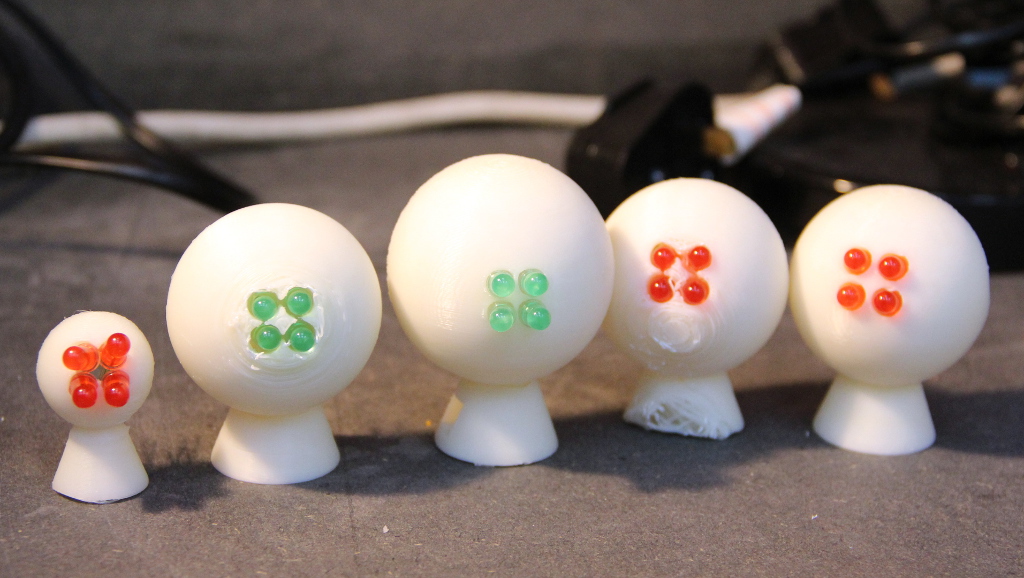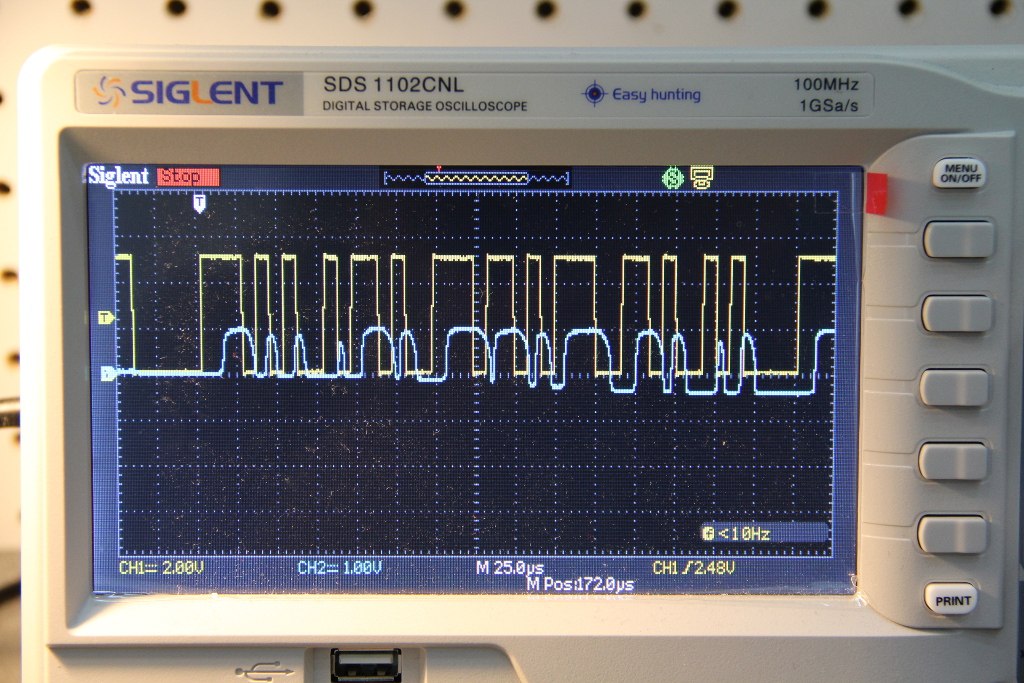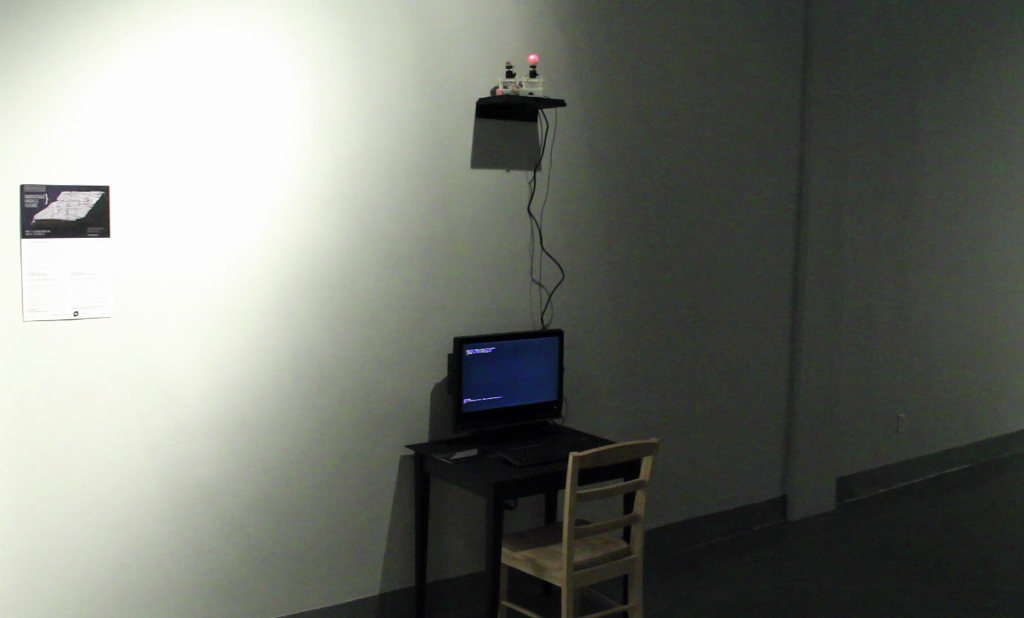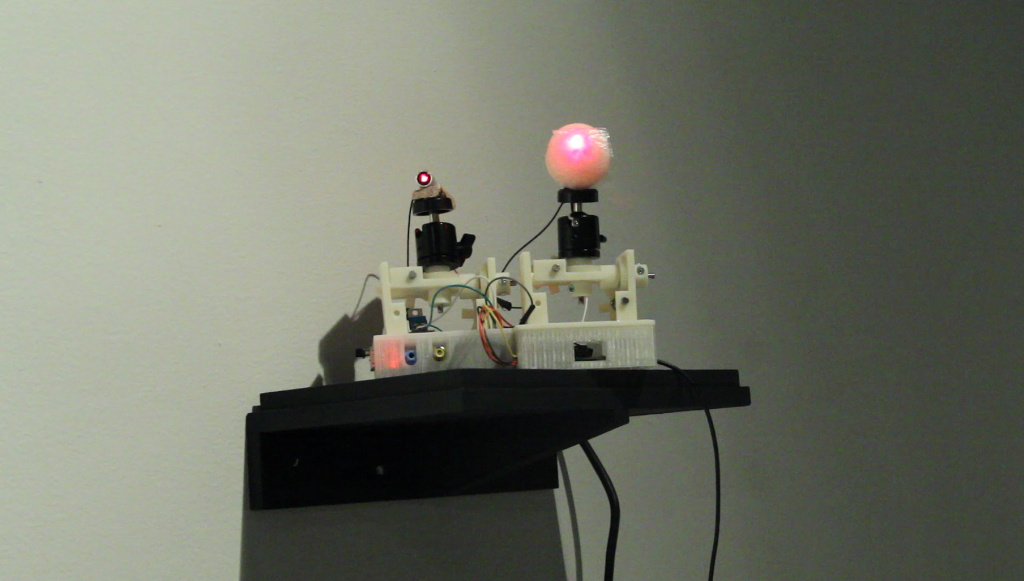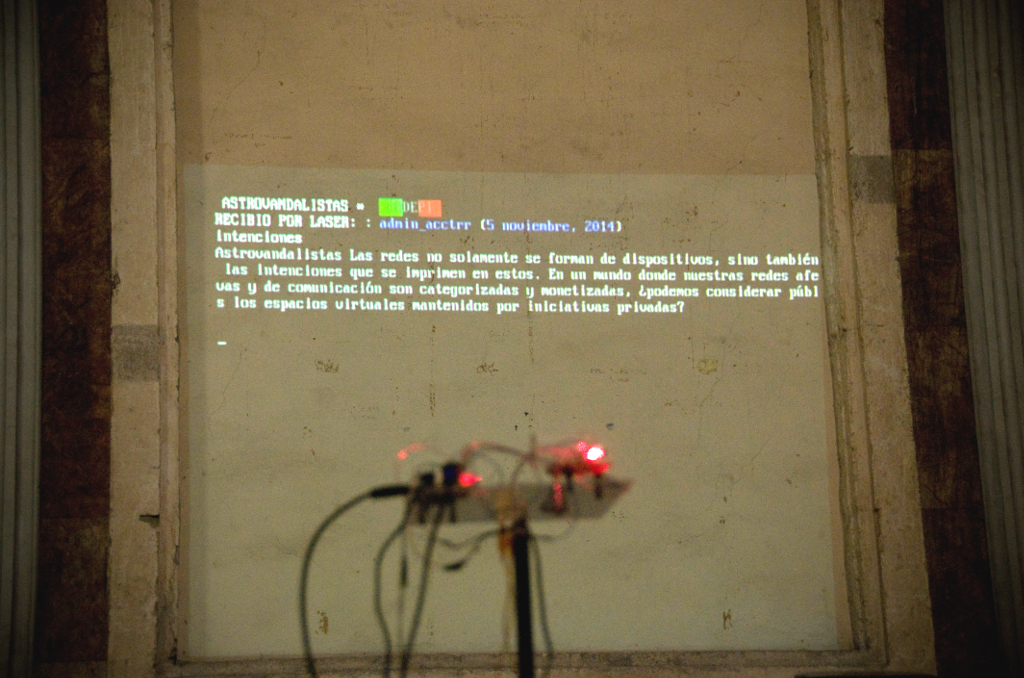
Imaginario Inverso is an ongoing investigation into the industrialization of our social imaginary through the commercialization of scientific knowledge. We are proposing different frameworks for reflecting on the geopolitics of technology development and the reinterpretation of technologies for more personal uses, through a series of workshops, talks and exhibitions using conceptual prototyping, futurecasting, reappropriations, and micronarratives.
Laser Chat Fronterizo is a project that began during a residence in the border region between the states of Chihuahua in Mexico, and Texas and New Mexico in the United States. In this region, the city of Juárez/El Paso marks where the border between the two countries is no longer defined by the Rio Bravo and instead is formed by straight lines to the Pacific Ocean.
It was during this residency that we became aware of the multiple narratives present in this region (ancestral and indigenous knowledge, US/Mexico dichotomy, border militarization, space exploration, advancement of scientific and technological knowledge, nuclear arms race history, alien contact), and began to study how the different technologies that are used to demarcate economic, geographic and political territories also influence the collective imagination.

As a practical manifestation of our experience, we decided to develop a communication system based on NASA’s LLCD, LCRD and OPALS projects, which use high-power lasers to transmit data between large distances. As a peer-to-peer cross-border laser modem, our Laser Chat Transfonterizo serves as a way to create a channel between large geosociopolitical distances.

We began developing the project in México, where we first showed a version of our chat system at the exhibition ACCIONES TERRITORIALES that took place in November of 2014, at Ex Teresa Arte Actual. Here, the laser only trasnmitted information about the use of the internal network we created for #EstoNoEsInternet from the balcony high above to the gallery where we project this data between images of saints.
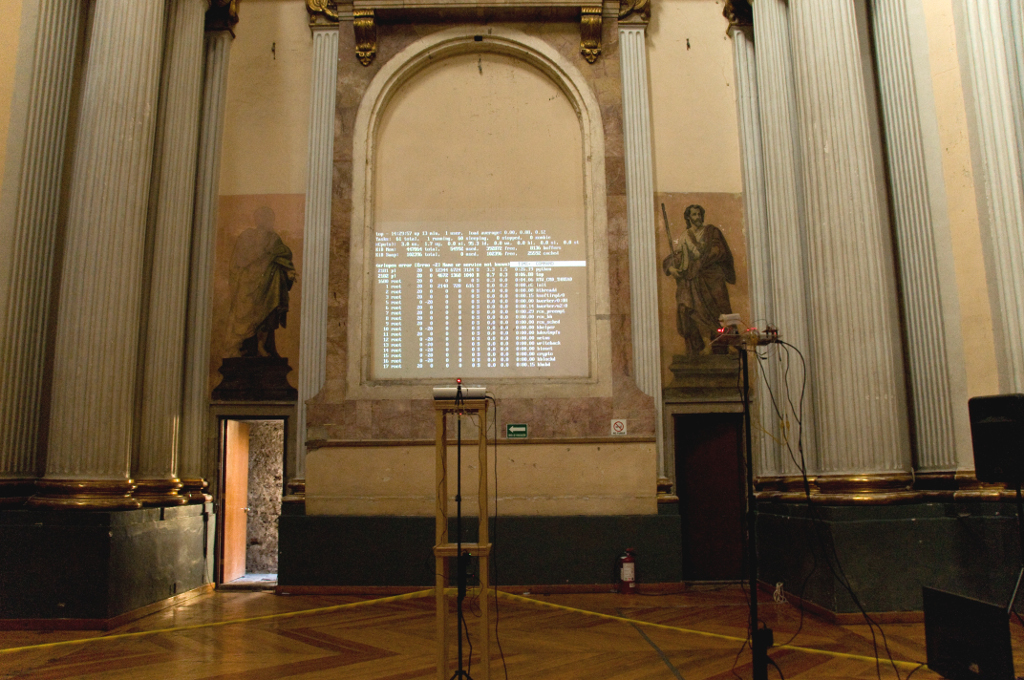
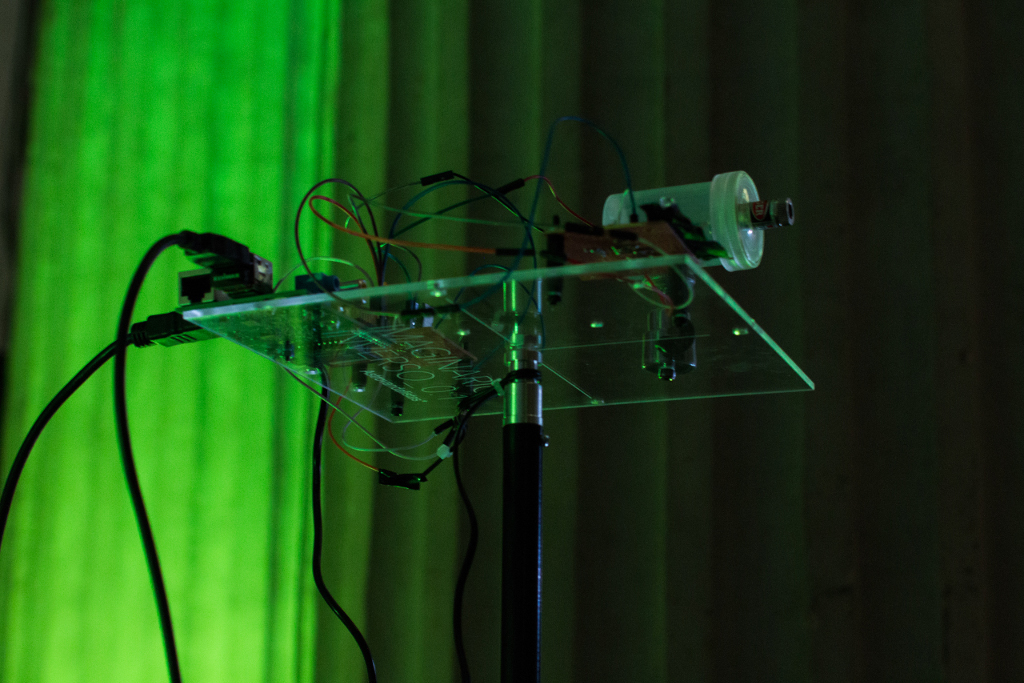
Then, in December of 2014 we further developed the laser modem during the LABiC-MX event, where we implemented full duplex transmission and reception between two stations.
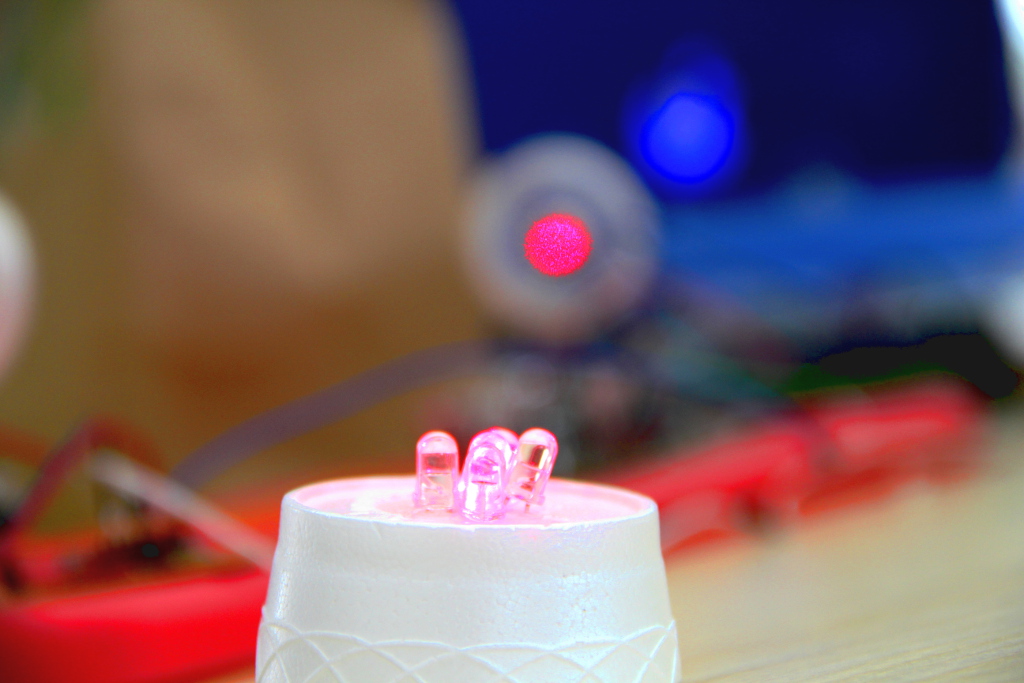
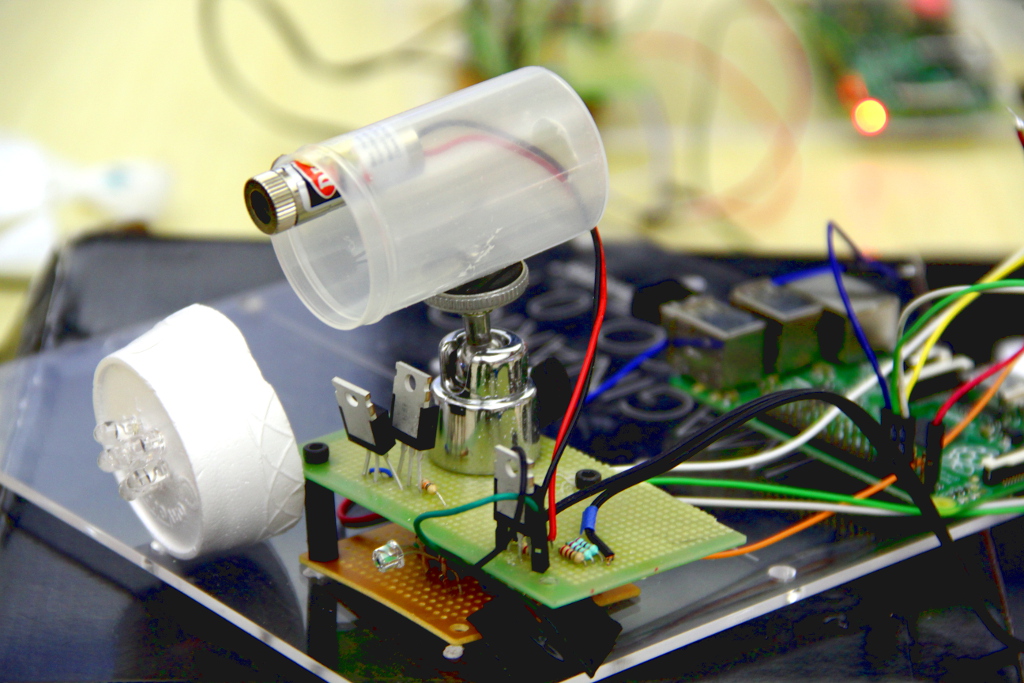
In November of 2015 we showed a final version of the system in Juárez/El Paso, as part of the Territory of the Imagination exhibition at the Rubin Center for the Arts. Before and during the exhibition, we worked with local groups and collectives to try to create an extended network of laser-connected nodes on both sides of the border, but the groups we were working with in the region didn’t see this kind of communication as a necessity.
